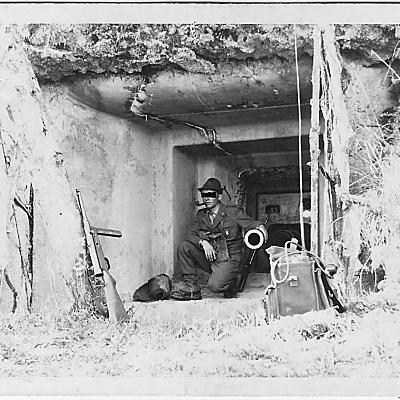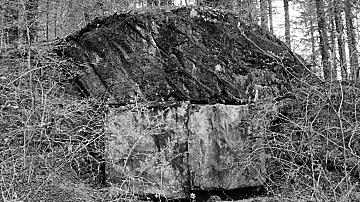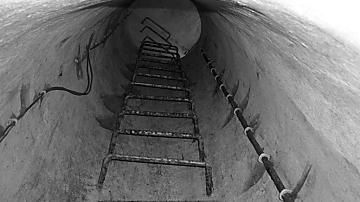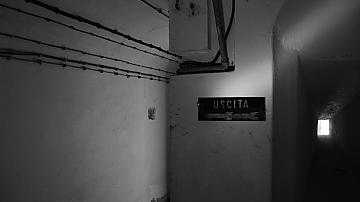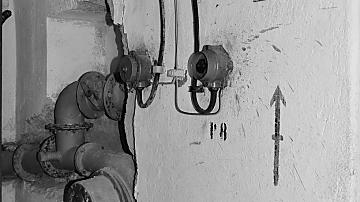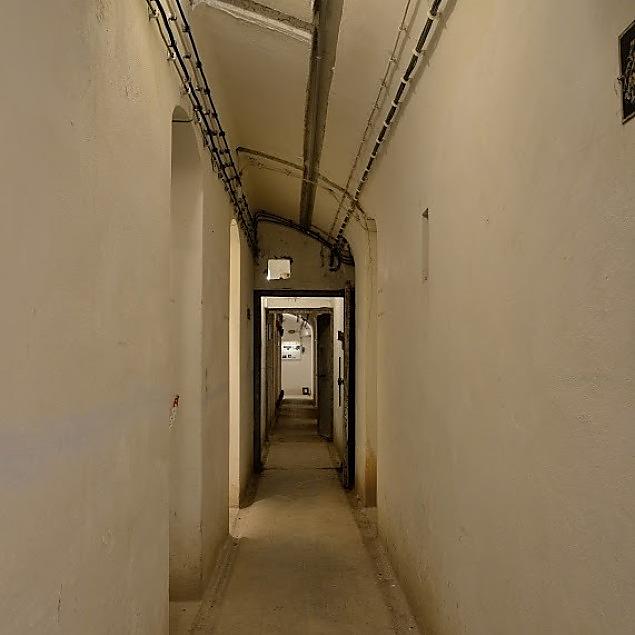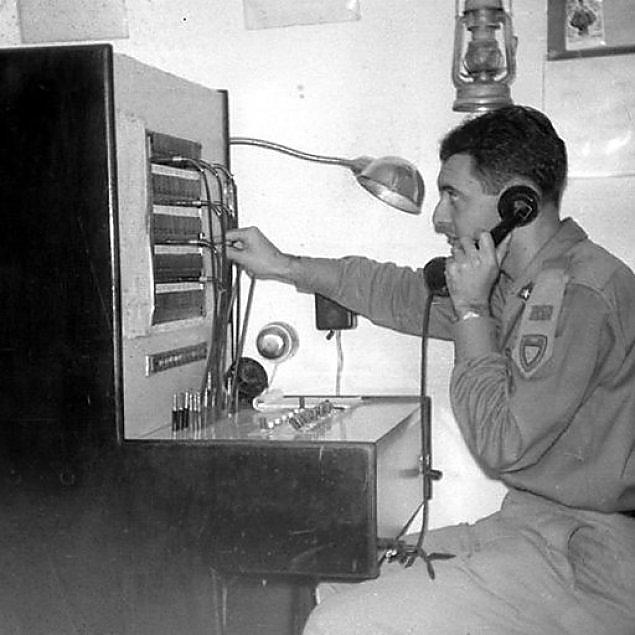The Bunker
Cold War bunkers: An authentic Cold War scenario
The bunker was built between 1938 and 1942 as part of the Toblach defense line in the Dolomites. Not completed at that time, it was only put into use from 1950 onwards as part of NATO defense plans against the Warsaw Pact. Fortunately, it never saw active duty, as Soviet tank columns were awaited in vain until 1993, resulting in no "live" engagement. However, at the time there was ample activity in terms of espionage and intelligence operations. Abandoned by the military, the Cold War bunker came into private ownership. Since 2017, the structure has been housing the BunkerMuseum.

The BunkerMuseum is located in the former bunker nr. 1 of the Toblach defense line, part of the so-called Alpine Wall, situated at a strategic spot between Innichen and Toblach in the Dolomites. Starting from the mid-1930s, fortifications were primarily established along the borders with France and Yugoslavia. The annexation of Austria to the German Reich in 1938 was viewed with suspicion by the Italian ally which triggered a continuation of this defense line on the new border to the German ally. Due to the outbreak of war, the construction works on the Alpine Wall were not completed at the time.

From 1950, with the onset of the Cold War, the bunkers of the Alpine Wall were completed and put into active service due to the perceived threat from the Soviet Bloc. Their mission was to defend against a potential Warsaw Pact attack from Austria through the Pustertal towards the NATO southern flank. Dozens of Cold War bunkers along the main roads were therefore on standby at all times until 1993. Even the local use of nuclear weapons was not ruled out in this context.

Throughout its history, the Upper Pustertal has experienced intensive intelligence activity due to its strategic location. Before World War I, Italians engaged in extensive espionage against Austrian fortifications in the region. Prior to World War II, the Germans spied on the construction of the Italian Alpine Wall bunkers, and during the Cold War, espionage intensified once again with the involvement of multiple Warsaw Pact intelligence agencies. Additional factors led to ongoing espionage and covert operations in this sensitive region.

All the aforementioned topics are vividly and tangibly presented in the Bunker Museum in Dobbiaco. Artifacts and new technologies, but especially the location itself, allow visitors to "touch" and experience history up close. A visit to the Bunker Museum is therefore an emotional journey, primarily serving as an educational institution for younger generations. Of course, the Bunker Museum is open to all interested individuals, whether knowledgeable enthusiasts, casual visitors, families, or people of all ages and backgrounds, as a notable attraction.


